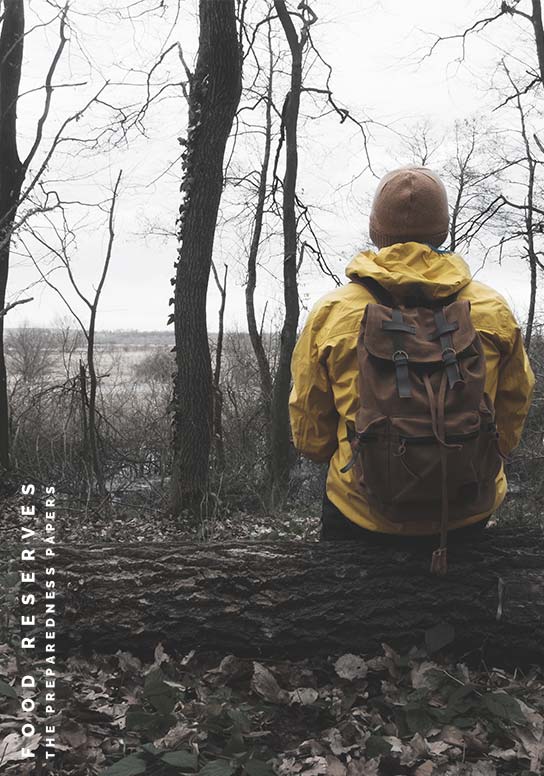THE PREPAREDNESS PAPERS
The information in the "Preparedness Papers" is FREE. Each "paper" has a PRINT button, so you can print and reference them "offline" as needed.


Question: Some scientists believe there is a possibility of a major earthquake striking which of the following major cities: Seattle, San Francisco, Los Angeles, Memphis, St. Louis, New York City, Boston or Charleston?
Answer: All of the above.
While one tends to associate California with earthquakes, several major eastern metropolitan areas have experienced severe earthquakes.
What some consider the worst recorded earthquakes in the U.S. occurred in 1811-12 on the New Madrid fault line which runs roughly from the boot heel of Missouri to southern Illlinois. The strongest of this series is estimated to have been 8.6, 8.4 and 8.7 on the Richter Scale and were felt as far away as the Eastern Seaboard. Little Rock, Memphis and St. Louis are expected to suffer major damage should an earthquake of this magnitude occur again in this fault area. Today, several major gas and oil pipelines run through this area from the Southwest to the Northeast, leading to the possibility of prolonged fuel shortages in the Northeast.
A disastrous earthquake shook Charleston in 1886 and other strong earthquakes were felt in the Boston area in 1755 and along the U.S. - Canadian border. In the 1800's an earthquake under Jamaica Bay badly shook the area now occupied by New York City and, indeed, several fault lines have been documented under the city itself.
Earthquake scientist's note there is a difference between plate-edge quakes that occur on the West Cost and mid-plate quakes that occur in the eastern half of the U.S., due to the structure of the Earth. Earthquakes on the West Coast tend to be localizes, such that a major earthquake in Los Angeles may not be felt in San Francisco. Earthquakes in the eastern half of the U.S. tend to be felt and cause damage over a wide region.
In all, over 3,500 earthquakes have been recorded east of the Mississippi River since 1700, with several hundred over 4.0 and 16 over 6.0 on the Richter Scale. Most earthquake scientists believe a major earthquake may occur in the eastern half of the U.S. within the next 50 year.
WHAT TO DO?
You can start by contacting the nearest office of the American Red Cross. They should have, or be able to obtain for you, two informational pamphlets: The Family Survival Guide, 32 pages, which contains tips for surviving all kinds of disasters and Are Yon Ready for an Earthquake?, which is a free, short checklist on how to prepare for an earthquake. Be sure to leave them a nice donation for their work.
Check with your city or county emergency management office as they may have useful publications.
Check with your homeowner's insurance agent. Most homeowner's policies do not cover floods or earthquakes, but riders can be added very inexpensively. Riders such as this typically cost less than 50 cents per $1,000 of coverage.
PREPARATIONS
Preparations need not be terribly expensive or elaborate. For example:
ALTERNATIVE POSSIBILITIES
Much of the preparations for a major disaster, such as an earthquake, can be used for lesser emergencies.
Although I was not living here at the time, an ice storm came through Central Tennessee in January 1994 which left much of the area without electricity for up to a week. Gas stations couldn't operate their pumps, supermarkets couldn't operate their registers and most homes were without heat and water service (including not being about to use the bathroom). What would you do in a similar situation?
Consider preparing yourself as if you are going on a two-week camping trip in a remote area as much of the camping equipment would have utility if you are cut off from public utilities.
SUGGESTED READING
The New Madrid Earthquakes by James L. Penick, Jr., University of Missouri Press 1981. Your local library should be able to borrow a copy through inter-library loan.
By accepting you will be accessing a service provided by a third-party external to https://foodreserves.com/